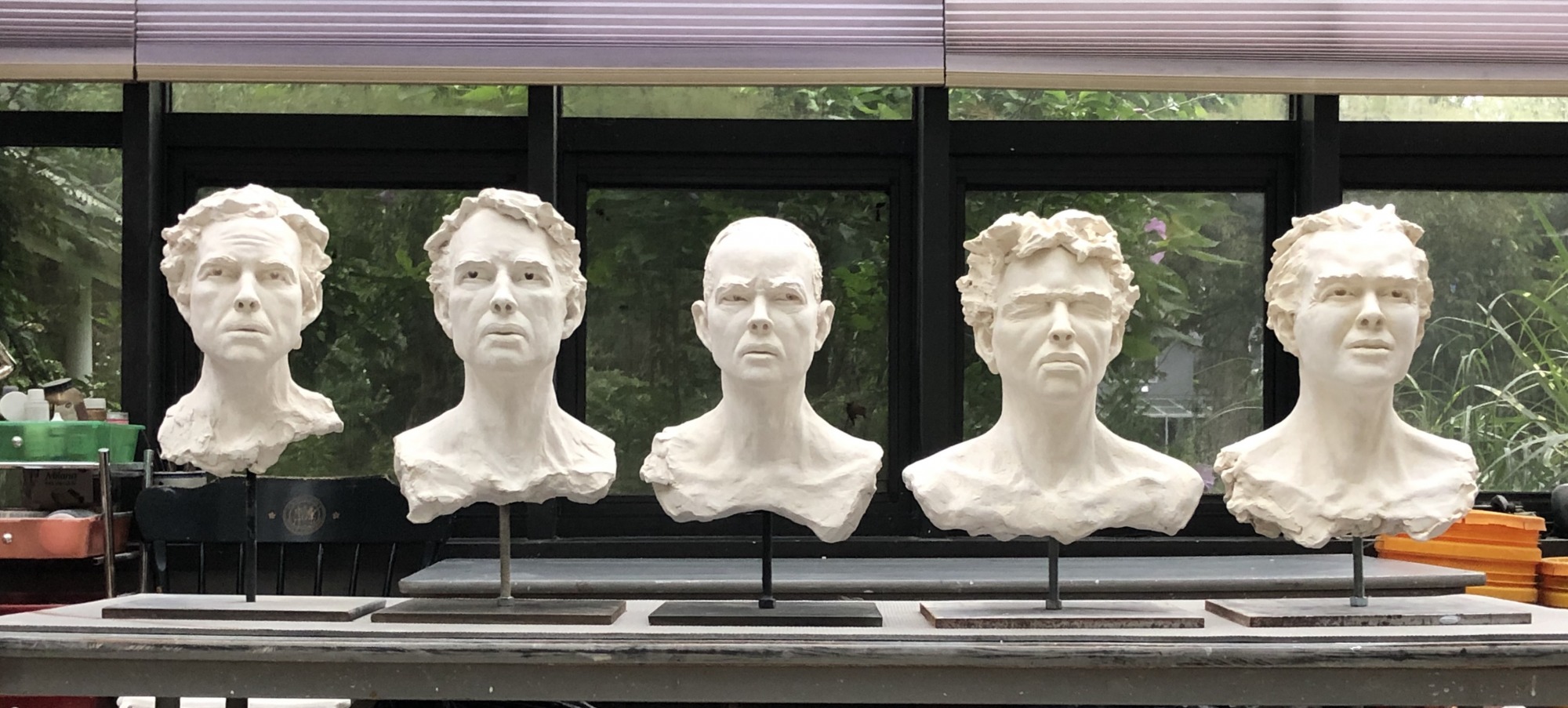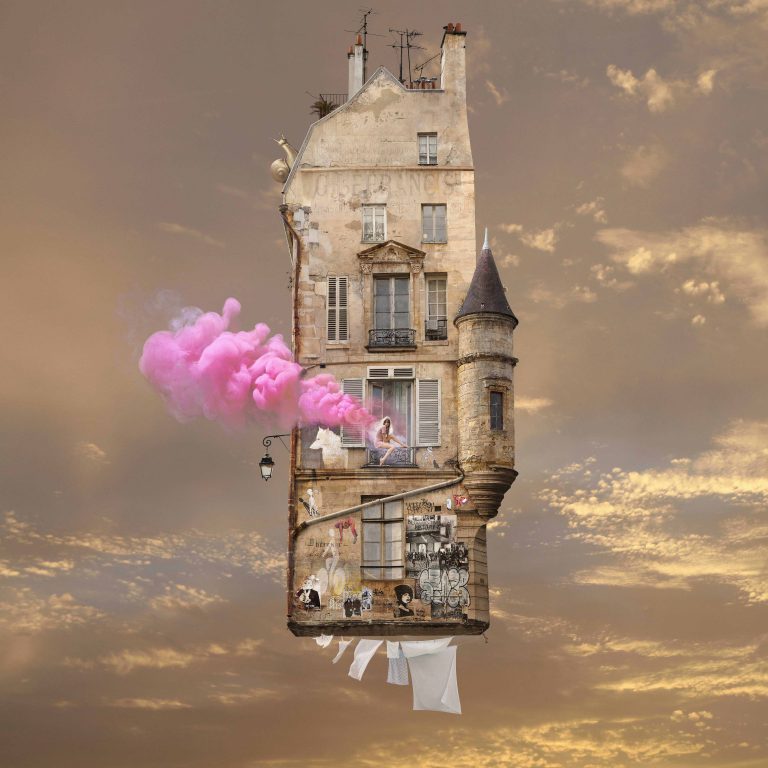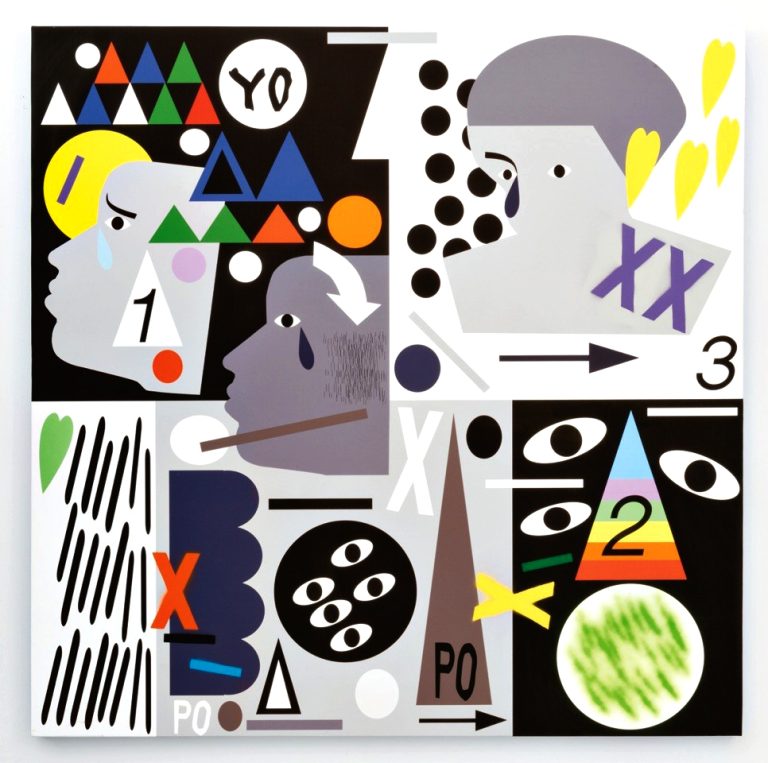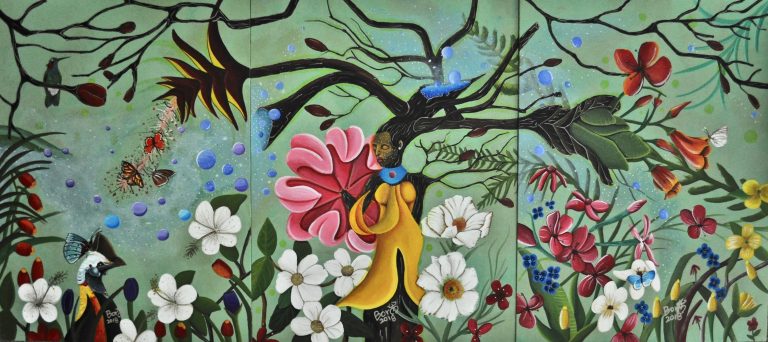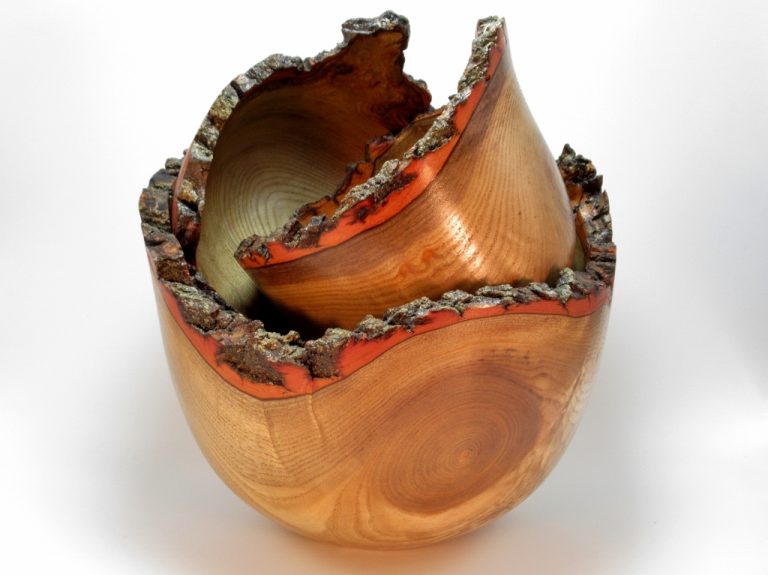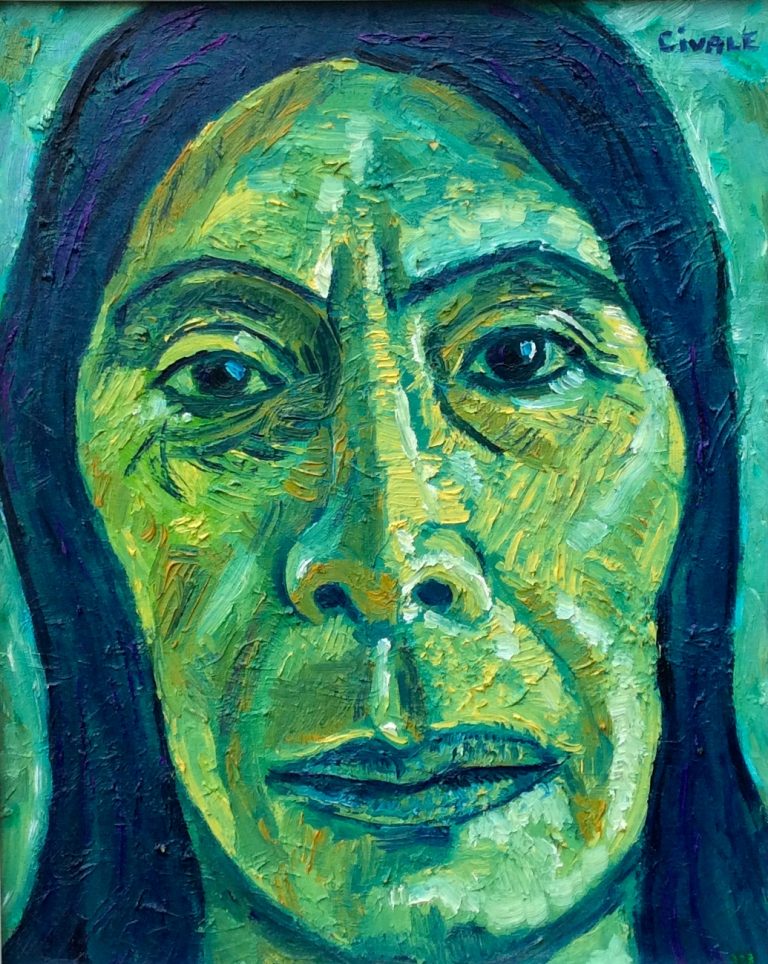Portrait of a Pandemic
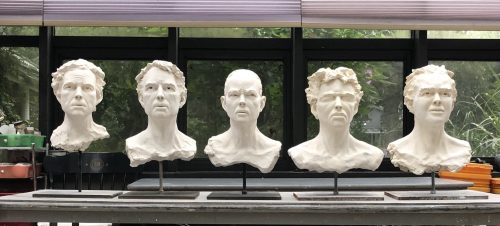
The COVID-19 pandemic has had a profound impact on people across the world. In an attempt to process their experiences, emotions and their “new normal,” many citizens throughout Westchester County turned to artistic activities – painting, writing, composing, sewing, sculpting and more. ArtsWestchester’s new exhibition, Together apART: Creating During COVID, uses a hyperlocal lens to look at how Westchester individuals have expressed themselves through the arts during the pandemic. From May 7-August 1, the exhibition will present a snapshot of this moment in time, as communicated through the works of more than 220 artists and community members.
During the pandemic, people were isolated in their homes, which became the place they live, play and work. They took to the great outdoors as respite, newly appreciating the world around them. They reflected on their lives which, in many cases, had drastically changed. During this time, societal issues boiled, requiring and acknowledging attention; masks became a fashion statement; and an illustration of a spiky red “virus” became a symbol of struggle. All of these experiences and emotions are captured in creative works on display in ArtsWestchester’s White Plains gallery as well as its parallel virtual exhibition.
Gina Randazzo and Eleanor Miller both tasked themselves with creating portraits of people wearing masks; Randazzo with photography and Miller with painting. Each seemed to have the desire to capture a new reality in which people have become accustomed to new norms. Thereby, a community of faces become a symbol of the pandemic.
Bob Clyatt, on the other hand, interpreted his own emotional state through a series of sculptures, about one per month, summarizing his feelings through a range of complex expressions. Clyatt explains: “While [the sculptures] were roughly based on my actual face, as I was unable to work with a regular subject or model during 2020, they are better understood as a receptacle for emotions spun into clay.”
This type of reflection was common as people dealt with the monotony of their new lives. Monica Carrier says her works were “a way to cope with Zoom meeting after Zoom meeting.” Dallas Agnew, like many, took to the outdoors, setting her photography lens on a flying bee: “That little bee didn’t know it, but he really made my day.”
People were forced out of their comfort zones and were required to adapt to the circumstances around them. Photographer Todd Shapera, who often shoots special events, saw the shift first hand: “Gone were all the trappings once considered de rigueur for these celebrations… [In one case,] a July 4 weekend wedding in the Finger Lakes morphed into a White Plains backyard ceremony with ten family members and a picnic lunch.”
Shapera noted: “With all of the logistical changes, most striking was observing couples as they adapted emotionally. Rather than reluctant acceptance, they seemed to value the unanticipated, lovely experience…” He captured these moments in a series of photographs.
For some, change was not cast upon them, but was required by them. Fueled by the outrage surrounding the death of George Floyd, bustling cities that had gone silent during the initial COVID outbreak suddenly erupted with protests, handmade signs and calls for change. Artist Donna Chambers was inspired by her daughter Cori’s participation in a Black Lives Matter protest. The resulting 17″x40” raw edge applique quilt of Cori is made of an assortment of cotton and metallic fabrics, accented with hand painting.
In the end, even where there was adversity, there was also a coming together around the common goal of a return to normalcy. People inspired their neighbors, rooted for each other and lifted one another up.
White Plains Hospital received hundreds of creative and inspiring messages from the community via the hashtag #WPHCommunityLove. The messages, viewable in Together apART’s virtual exhibition, line the halls of the hospital and inspire staff and patients alike.
According to painter Meera Agarwal, her “Ripple” series was “inspired by the ripple effect of goodness we experienced in our communities, even as the COVID-19 pandemic engulfed and crippled us.”
A version of this article first appeared in the May issue of ArtsNews, ArtsWestchester’s monthly publication. ArtsNews is distributed throughout Westchester County. A digital copy is also available at artsw.org/artsnews.

About ArtsWestchester
For more than 50 years, ArtsWestchester has been the community’s connection to the arts. Founded in 1965, it is the largest, private, not-for-profit arts council in New York State. Its mission is to provide leadership, vision, and support, to ensure the availability, accessibility, and diversity of the arts. ArtsWestchester provides programs and services that enrich the lives of everyone in Westchester County. ArtsWestchester helps fund concerts, exhibitions and plays through grants; brings artists into schools and community centers; advocates for the arts; and builds audiences through diverse marketing initiatives. In 1998, ArtsWestchester purchased the nine-story neo-classical bank building at 31 Mamaroneck Avenue which has since been transformed into a multi-use resource for artists, cultural organizations, and the community. A two-story gallery is located on the first floor of ArtsWestchester’s historic building on Mamaroneck Avenue.
For more than 50 years, ArtsWestchester has been the community’s connection to the arts. Founded in 1965, it is the largest, private, not-for-profit arts council in New York State. Its mission is to provide leadership, vision, and support, to ensure the availability, accessibility, and diversity of the arts. ArtsWestchester provides programs and services that enrich the lives of everyone in Westchester County. ArtsWestchester helps fund concerts, exhibitions and plays through grants; brings artists into schools and community centers; advocates for the arts; and builds audiences through diverse marketing initiatives. In 1998, ArtsWestchester purchased the nine-story neo-classical bank building at 31 Mamaroneck Avenue which has since been transformed into a multi-use resource for artists, cultural organizations, and the community. A two-story gallery is located on the first floor of ArtsWestchester’s historic building on Mamaroneck Avenue.

